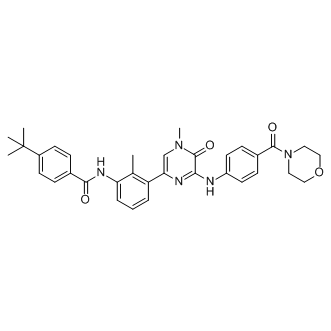Similar properties are also found in other natural sdAbs, like VNARs from sharks, and have been engineered in synthetic libraries based on human VHs and VLs. Thus, most types of sdAbs could be efficiently displayed on E. coli cells with EhaA and Intimin ��-domains. Larger Ab fragments based on a single polypeptide, such as scFvs, also have the potential to be displayed with these ��domains. However, the tendency of some scFv Acetylcorynoline clones to oligomerize and aggregate may hinder their translocation across the OM. Nonetheless, this could be advantageous for the selection of highly stable and soluble scFvs from scFv libraries. Lastly, Ab molecules with separate H and L polypeptide chains cannot be displayed with the ��-domains reported in this work, and phage display and APEx should be used for their selection in E. coli. Despite the functionality of the ��-domains of EhaA and Intimin, we observed some important differences between these E. coli display systems. Firstly, NVHH Ginsenoside-F5 fusions were found to be more stable than VHHA fusions in vivo and in vitro. This difference could be due to the natural resistance of Intimin to proteolysis and denaturation and/or to the susceptibility of certain ATs to bacterial proteases as part of their secretion mechanism. Secondly, expression of VHHA clones appeared to be more variable than NVHH fusions, with some clones showing significantly lower expression levels. This suggests that the N-terminal fragment of Neae could have a positive effect on the expression of sdAbs, similar to other N-terminal fusion partners used for production of recombinant proteins and Ab fragments. Thirdly, we found that the antigen-binding activity of NVHH fusions was at least 3-fold higher than that of VHHA fusions, as indicated by the flow cytometry signals of E. coli cells displaying these fusions when incubated with their cognate antigens. The lower antigen binding signals of E. coli cells displaying VHHA fusions was not explained by a different expression level and indicated the existence of additional factors. Although partial misfolding of VHHA fusions cannot be excluded, this possibility seems unlikely because both EhaA and Intimin ��-domains use a common secretion pathway exposing the sdAb to periplasmic chaperones and DsbA before their translocation across the OM. Alternatively, the longer linker region in NVHH fusions could make the sdAb more accessible for the extracellular antigen by increasing  its distance from the OM. The improved stability, expression and antigen-binding activity of NVHH fusions could explain why selection of TirMEHEC binders was more efficient in the NVHH library than in the VHHA library, reaching a higher percentage of positive antigen binding clones in fewer selection rounds. From our data, the only limitation of the Neae display could be the ~40% reduction in viability of E. coli cultures expressing NVHH fusions. This reduction in viability does not have a significant effect on the representation of immune libraries with diversity ~107 clones, since an excess of input bacteria over the Ab library size is used during MACS. We chose MACS to select and recover E. coli cells bound to the antigen since this technology does not require the use of expensive cell-sorting equipment as in the case of FACS, and multiple samples along with controls can be processed in parallel. We employed a manual MACS system that can hold up to eight mini-MACS columns simultaneously, each with a capacity for ~108 bacteria. In addition, MACS can be scaled up using multiple columns of higher capacity and it can be automated, which would allow the screening of large Ab libraries faster and more efficiently than FACS.
its distance from the OM. The improved stability, expression and antigen-binding activity of NVHH fusions could explain why selection of TirMEHEC binders was more efficient in the NVHH library than in the VHHA library, reaching a higher percentage of positive antigen binding clones in fewer selection rounds. From our data, the only limitation of the Neae display could be the ~40% reduction in viability of E. coli cultures expressing NVHH fusions. This reduction in viability does not have a significant effect on the representation of immune libraries with diversity ~107 clones, since an excess of input bacteria over the Ab library size is used during MACS. We chose MACS to select and recover E. coli cells bound to the antigen since this technology does not require the use of expensive cell-sorting equipment as in the case of FACS, and multiple samples along with controls can be processed in parallel. We employed a manual MACS system that can hold up to eight mini-MACS columns simultaneously, each with a capacity for ~108 bacteria. In addition, MACS can be scaled up using multiple columns of higher capacity and it can be automated, which would allow the screening of large Ab libraries faster and more efficiently than FACS.
Given the maximum density can be manipulated at synthetic display libraries should have a maximum diversity
Leave a reply